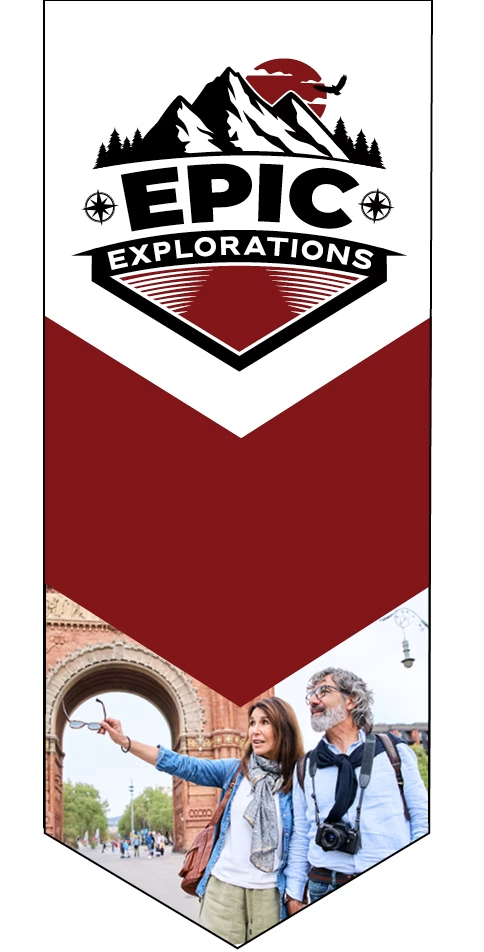Pilgrimage Travel Checklist
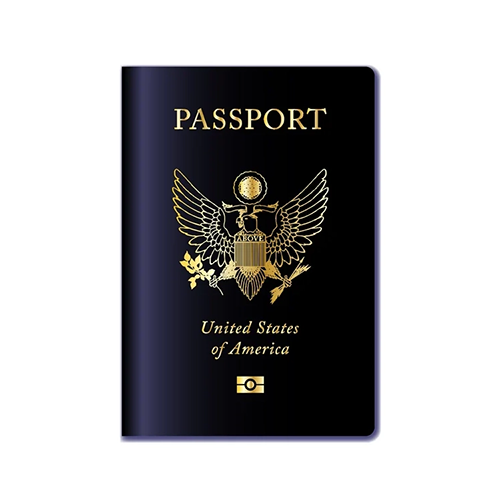
Pre-Trip Planning
- Choose Your Pilgrimage Destination – Holy Land, Camino de Santiago, Lourdes, Vatican, etc.
- Research Religious & Cultural Expectations – Dress codes, customs, and rituals specific to the site.
- Book Flights & Accommodations – Consider hotels, hostels, monasteries, or pilgrim lodgings.
- Check Visa & Passport Requirements – Ensure your passport is valid for at least six months post-travel.
- Secure Travel Insurance – Covers medical emergencies, trip cancellations, and lost baggage.
- Make Copies of Important Documents – Passport, visa, itinerary, and emergency contacts.
- Notify Your Bank – Avoid fraud alerts on international transactions.
- Arrange Local Transportation – Trains, buses, taxis, or rental cars for pilgrimage routes.
- Pack a Guidebook or Pilgrim Passport – Essential for Camino de Santiago or similar routes.
- Register for Required Permits – Some pilgrimage sites require official registration.
- Get Necessary Vaccinations & Health Checks – Check travel health requirements.
- Understand Local Weather & Terrain – Helps in packing and route planning.
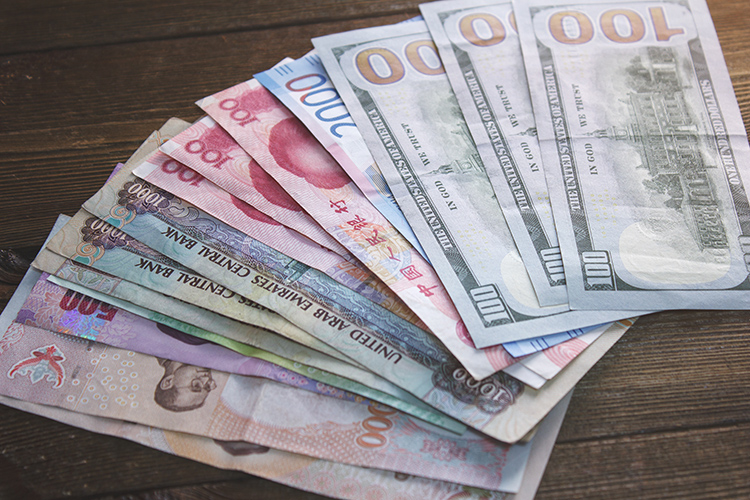
Packing Essentials - Travel Documents & Money
- Passport & Visa – Keep originals and copies.
- Travel Insurance Details – Digital and printed copies.
- Printed Pilgrimage Itinerary – Includes lodging, transportation, and key contacts.
- Emergency Contact List – Family, embassy, local emergency numbers.
- Credit/Debit Cards – Notify your bank of international travel.
- Local Currency – Some pilgrimage sites have limited ATMs.
- Copy of Important Documents – Keep digital and paper backups.

Clothing & Footwear (Adjust for season & destination)
- Comfortable Walking Shoes – Well-broken-in for long treks.
- Sandals or Slip-ons – For easy removal at religious sites.
- Lightweight, Layered Clothing – Pack for varying temperatures.
- Modest & Respectful Attire – Many sites require covered shoulders and knees.
- Rain Jacket or Poncho – Weather can be unpredictable.
- Hat & Sunglasses – Sun protection for long outdoor walks.
- Thermal Layers (if necessary) – For cold destinations like the Himalayas.
- Compression Socks – Helps circulation on long journeys.
- Sleepwear & Underwear – Comfortable for overnight stays.
- Scarf or Shawl – Useful for modesty, warmth, and sun protection.
- Trekking Poles (if applicable) – Helpful for long-distance pilgrimages.

Toiletries & Medications (travel-size where possible)
- Toothbrush, toothpaste, floss
- Shampoo, conditioner, soap (or solid alternatives)
- Deodorant or Anti-Perspirant
- Razor & shaving cream
- Hairbrush & Hair Ties
- Moisturizer & lip balm (keep skin hydrated)
- Sunscreen & insect repellent
- Makeup & remover wipes
- Feminine hygiene products
- Prescription medications (keep in original containers with prescription info)
- Over-the-counter meds (pain relievers, motion sickness, cold medicine)
- First aid kit (band-aids, antiseptic, tweezers, allergy meds)
- Hand Sanitizer & Wet Wipes – Useful for long travel days.

Tech & Gadgets
- Check if your electronics are dual-voltage (Some countries' voltage is 220-240V; if not dual-voltage, you’ll need a voltage converter)
- Phone & charger
- Universal travel adapter (ensure it fits European outlets)
- Voltage converter (if devices are not dual-voltage; Europe uses 220-240V)
- Additional electrical adapters (Type C, E, F, or G depending on countries visited)
- Power bank (for charging on the go)
- Laptop/tablet (if needed)
- E-reader or book (for downtime)
- Headphones (noise-canceling recommended)
- Camera & memory cards (if not using phone camera)
- Travel SIM card or international roaming plan
- Smartwatch or fitness tracker
- Offline Maps & GPS Apps – Google Maps, Maps.me, or pilgrimage-specific apps.
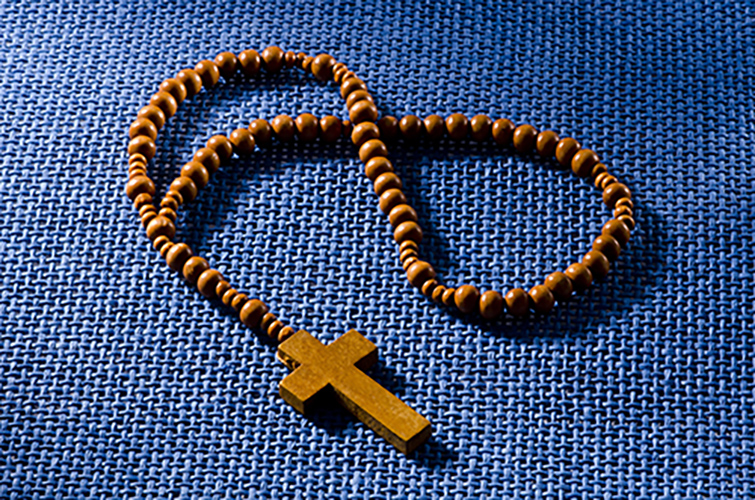
Spiritual & Pilgrimage-Specific Items
- Prayer Book or Devotional – Helps deepen spiritual connection.
- Rosary, Mala Beads, or Religious Symbols – Depending on your faith tradition.
- Pilgrim’s Credential (for Camino, Hajj, etc.) – Needed for access and verification.
- Small Cross, Icon, or Personal Sacred Item – For reflection and prayer.
- Sacred Water Bottle or Vial – To collect water from holy sites.
- Journal for Reflections & Prayers
- Printed Sacred Texts or Mantras
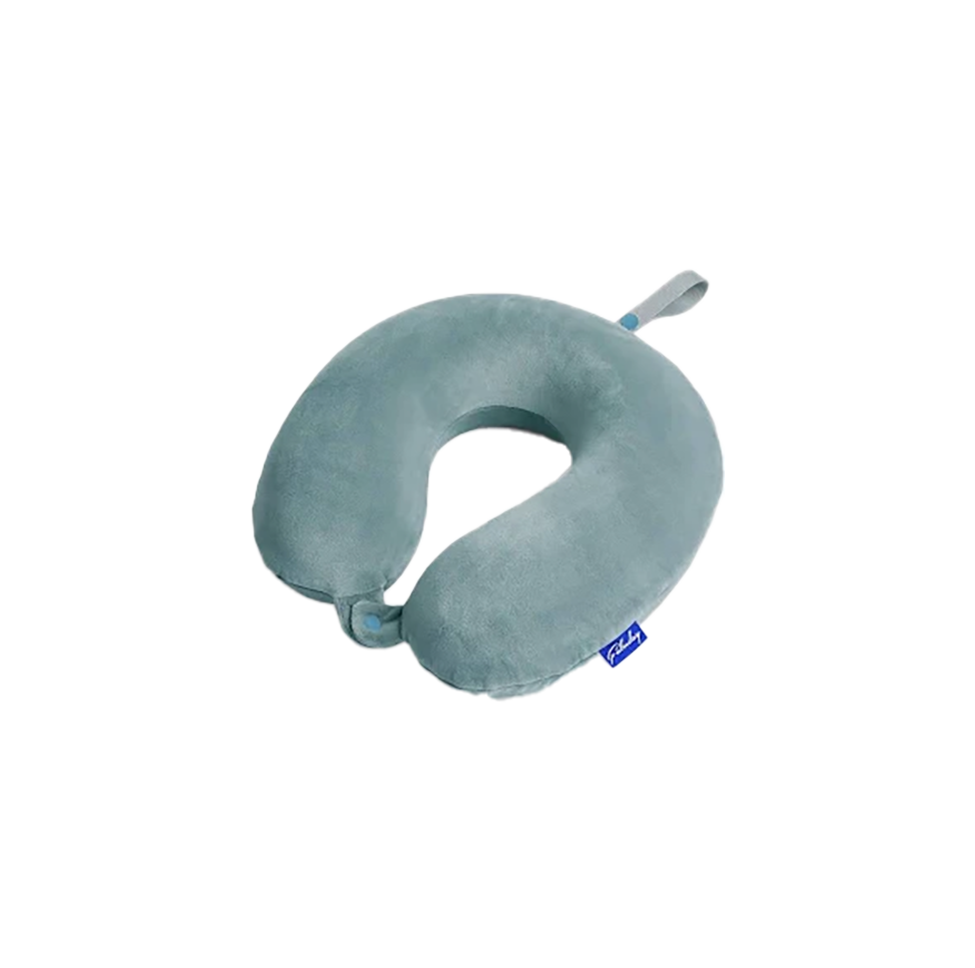
Travel Comfort & Safety
- Lightweight Backpack or Daypack – For daily essentials.
- Reusable Water Bottle – Hydration is key.
- Small Snacks – Nuts, energy bars, dried fruit.
- Travel Pillow & Eye Mask – For long flights or bus rides.
- Earplugs – Helpful in shared accommodations.
- RFID-Blocking Wallet or Money Belt – Protects against theft.
- Small Padlock – For securing belongings in hostels or lodges.
- Personal Alarm or Whistle – Safety for solo pilgrims.
- Emergency Contact Card – With hotel and local emergency numbers.

Before You Leave
- Confirm flights & transportation bookings
- Check local weather forecast (pack accordingly)
- Download offline maps & travel apps (Google Maps, TripIt, XE Currency)
- Notify your bank of international travel (to prevent card issues)
- Arrange pet or home care if needed
- Set up out-of-office emails if necessary
- Double-check visa & entry requirements (COVID rules, travel advisories, etc.)
- Take photos of important documents (store in cloud & phone for backup)
- Pack Suitcase & Weigh It – Avoid excess baggage fees.
- Pray, Meditate, or Reflect Before Departure – Prepare spiritually for your journey.
Why Following a Travel Checklist Is Essential for Your Pilgrimage
There’s something profoundly sacred about a pilgrimage. Whether you’re walking the ancient Camino de Santiago, standing at the foot of the Western Wall, or climbing the steps to St. Peter’s Basilica, a pilgrimage is more than a trip—it’s a deeply intentional journey. It’s about seeking, connecting, and often, surrendering. But as romantic as the call to pilgrimage may sound, the reality is that these journeys demand more than just spiritual readiness. They require preparation, organization, and foresight. That’s where the humble travel checklist becomes your silent guide, working behind the scenes to support your sacred mission.
In the whirlwind of packing, planning, and prayer, a checklist grounds you. It’s the practical companion to your spiritual pursuit. Let’s walk through why having—and following—a travel checklist is more than just helpful. It’s essential.
1. Pilgrimages Are Logistically Complex
Unlike a resort vacation or a city-hopping holiday, pilgrimages often involve multiple destinations, remote locations, unique accommodations, and unpredictable terrain. You might start in a bustling city and end in a tiny village without cell service. You could find yourself on a train to Fatima one day, and navigating dusty backroads to reach a monastery the next.
A comprehensive checklist helps you navigate these logistical layers with grace. It reminds you to register for required permits, verify transportation options, secure travel insurance, and confirm your lodging—especially if you’re staying in convents, monasteries, or pilgrim-specific hostels that may not have 24-hour reception.
Without a checklist, it’s easy to overlook something crucial. And while that might mean a minor inconvenience on a beach trip, during a pilgrimage, it can derail your entire experience.
2. It Protects Your Time and Energy for What Matters Most
Pilgrimages are often a once-in-a-lifetime experience. You’re there to reflect, to pray, to heal, to connect with something larger than yourself. The last thing you want is to be preoccupied with whether you packed enough socks, remembered your medications, or booked the right train ticket.
A well-constructed checklist does the remembering for you. It frees your mind to focus on the journey—not the logistics. It’s the difference between frantic searching and peaceful knowing. Between being frazzled and being fully present.
You didn’t come all this way to worry. You came to walk, to worship, to wonder. The checklist lets you do that.
3. You’ll Avoid the “Oh No, I Forgot…” Moments
Every seasoned traveler has had one. That sinking feeling when you realize you forgot something important—your power adapter, your walking shoes, your passport. On a spiritual journey, those little oversights can feel even heavier.
When you’re traveling to sacred destinations, many of which are remote or deeply traditional, replacements aren’t always easy to come by. You can’t just run to the corner store for a rosary, refill your prescription meds, or find a shop selling pilgrim passports.
A checklist minimizes the risk of those forgotten essentials. It ensures you’ve got your religious items, your travel documents, your prescriptions (in their original containers, with the proper labeling), and your daily comforts.
Peace of mind starts in your suitcase.
4. It Helps You Pack with Purpose
Packing for a pilgrimage isn’t like packing for a cruise. You’re not stuffing in fancy clothes or planning multiple outfit changes a day. You’re choosing items with intentionality. Every piece of clothing, every item in your bag, should serve a purpose.
A checklist keeps you focused. Do you really need that extra pair of sandals? Or would that space be better used for a lightweight rain jacket or a devotional journal?
The act of packing with a checklist becomes a spiritual ritual in itself—an opportunity to practice mindfulness and simplicity before you even step foot on the path.
5. It Keeps You Safe
Pilgrimages can be physically demanding. Blisters, sunburn, altitude sickness, fatigue—all are real possibilities. And for solo travelers, especially solo female travelers, safety is a top priority.
Your checklist is your first defense. It ensures you’ve packed first aid supplies, essential medications, a whistle or personal alarm, an RFID-blocking wallet, and emergency contact details. It reminds you to research local customs and security considerations. It even encourages you to download offline maps and keep hard copies of your itinerary.
It’s not about fear—it’s about being equipped.
6. Checklists Help You Travel Respectfully
Respect is at the heart of any pilgrimage. You’re not just visiting a site—you’re stepping into a living, breathing sacred space that holds meaning for others as well.
Your checklist can guide you in honoring these spaces. It ensures you’ve packed modest clothing, scarves or shawls for covering up, and spiritual materials aligned with your destination. It reminds you to brush up on cultural etiquette, prayer practices, and the tone expected at each site.
With a checklist in hand, you arrive not as a tourist, but as a humble guest.
7. It’s a Reflection of Your Intentions
There’s a poetic beauty in the checklist. At first glance, it might seem like a rigid document filled with practicalities. But in truth, it’s a reflection of your devotion.
You don’t make a checklist because you’re overly anxious. You make one because you care. Because you’ve poured your heart into this journey. Because every item checked is a step toward being fully available—body, mind, and spirit—for what awaits you on sacred ground.
The checklist isn’t just about preparation. It’s an act of reverence.
8. It Becomes a Record of Your Journey
Something magical happens when you carry a printed checklist along your pilgrimage. As you cross off items, jot down notes, add little reminders, or scribble blessings in the margins—it becomes a living document.
You can look back and remember the thought you put into each step. The intention behind the items you brought. The comfort of knowing you were ready.
Later, when you share your journey with friends, family, or fellow pilgrims, your checklist becomes part of the story. A roadmap of both the visible path and the inner one.
Final Thoughts: Your Sacred Journey Deserves Practical Wisdom
Pilgrimages stretch us—physically, emotionally, and spiritually. They reveal what matters most, invite transformation, and reconnect us with the divine. But they are also very real, very human journeys filled with the same challenges as any other form of travel.
That’s why the travel checklist matters. It’s not just about being organized—it’s about being prepared to receive. To walk in humility and confidence. To surrender to the experience without scrambling for basics.
So before you zip up your suitcase, pause. Run your finger down that checklist. Let each box checked be a step toward sacred readiness. You’ve planned your pilgrimage with intention—let your packing reflect that same spirit.
Because every great journey deserves the quiet support of preparation.
And every sacred step begins with one simple question: Am I ready?

